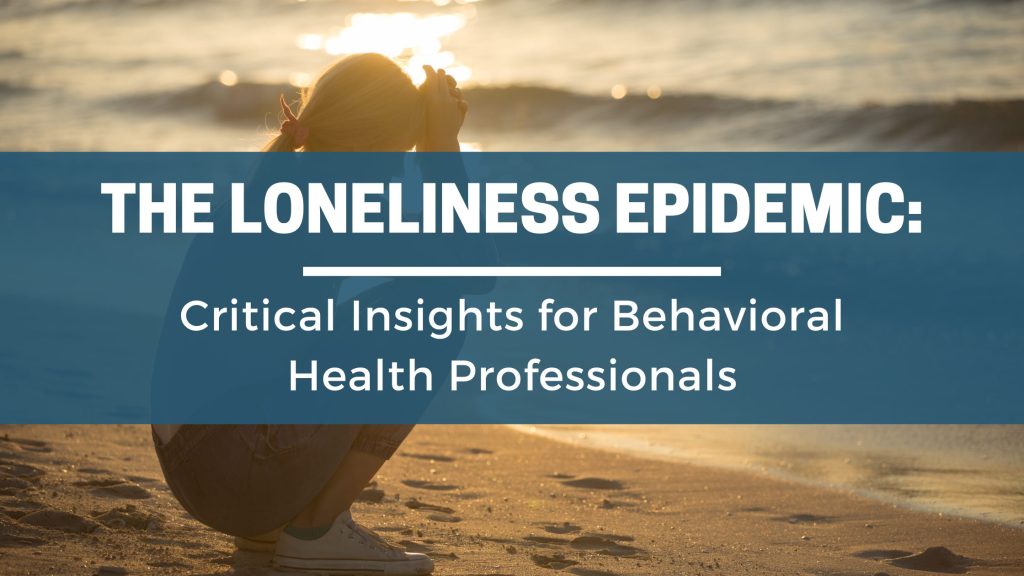Our Blog
The Benefits of Group Therapy: Why More Therapists Should Start Groups Group therapy is a highly beneficial, but often underutilized tool, for people with a…
The Loneliness Epidemic: Critical Insights for Behavioral Health Professionals In recent years, the loneliness epidemic in the United States, and particularly within younger generations has…
Food and Stress: How Nutrition Can Help Behavioral Health Providers Cope As a behavioral health provider, your days are likely filled with helping others manage…
Somatic Experiencing for Trauma Recovery: Integrating Body-Oriented Techniques in Therapy Somatic experiencing (SE) is a type of body-centered psychotherapy that incorporates a holistic approach to…
ASAM Cheat Sheet: A Guide to Mastering ASAM Levels of Care Our ASAM Cheat Sheet is an essential tool for understanding the principles outlined by…
Ethical Considerations in SBIRT: Balancing Confidentiality and Duty to Warn All mental health professionals must constantly balance good treatment with good ethics. Usually these two…
Passive Income for Therapists: Exploring Revenue Streams Beyond Therapy Sessions Becoming a therapist or counselor is a rewarding career that enables you to engage in…
Dual Diagnosis: Fentanyl Addiction and Mental Health Exploring the Connection and Importance of Addressing Co-Occurring Conditions in Treatment Linked to devastating fentanyl addiction symptoms and…
Establishing Effective Ground Rules for Group Therapy Therapy groups greatly benefit from a foundation of trust, respect, and consistency. Some groups will naturally fall into…
Diagnosis and Assessment of Gender Dysphoria According to the Pew Research Center, about 5% of young adults aged 18-29 in the United States feel that their gender is different from their…









